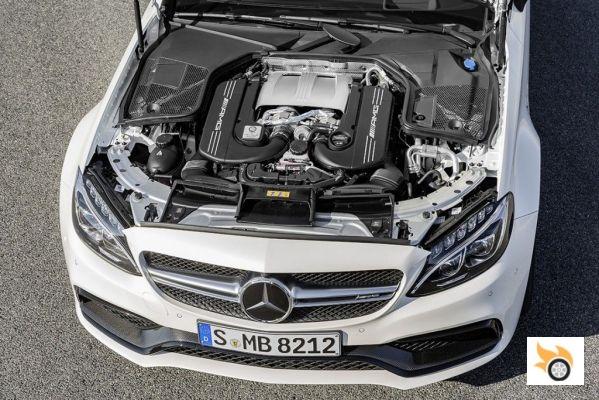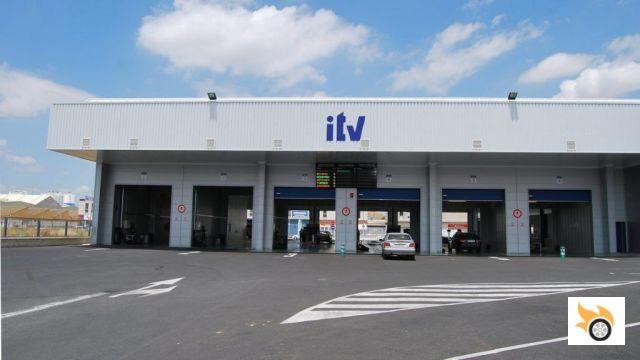Today we are going to tell you everything you need to know to import a car from another EU country and register it in the Community of Madrid. It is necessary to differentiate between a registered vehicle and an unregistered vehicle when it comes to passing the ITV, but the steps to follow are basically the same. It would also be necessary to find out if it is a vehicle that left Spain at the time, as the procedure would be much simpler, practically like a duplicate of the technical data sheet.
The most common is to bring an already registered vehicle, second hand, from a country of the European Union, typically Germany.
The vehicle must have a European homologation number, manufacturer's plate, and no modifications have been carried out on the vehicle (LPG, tow hook, bumpers, spoilers, etc.). If any of these requirements are not met, an individual homologation would have to be done through a reform laboratory, which is a more expensive and complicated procedure.

In the event that the reform is not noted in the original technical data sheet, it is necessary to dismantle it and go through ITV with the car as it left the factory. In the case of the tow hook, it is possible to take it if in the certificate of characteristics (CoC) or in the reduced data sheet there is a sentence indicating that the hook is mounted in the factory.
If the vehicle meets the above requirements, the first step is to have the purchase invoice or a contract of sale in our name and the technical data sheet from the country of origin.
The second step is to obtain a specific CoC for the vehicle, this means that it must correspond to our vehicle by means of the chassis number. This document is issued by the manufacturer through any of its dealers. It contains all the vehicle data, such as weights, measurements, emissions data, tyres, homologation password, all the accessories included, etc. This data is what the ITV will use to issue the Spanish technical data sheet.
In the Community of Madrid it is necessary that the CoC does not show double measurements (for example two heights, two widths, etc) and that the vehicle complies with the following standard:
Maximum Mass of the Vehicle <= Maximum Towable Mass + Maximum Admissible Mass.
If we are not sure that the CoC complies with this rule, we can replace it with a reduced form, also customized for the vehicle, made by a registered engineer or a refurbishment laboratory.
The third step is to go to the ITV. It must be the owner (or the signatory as the buyer in the contract of sale) who makes the procedure before the ITV.

There are ITVs that admit the vehicle directly without first checking the documents and if it turns out that there is a fault they will give us an unfavourable and we will have to find a way to ask for corrections and fix it. It is not so common, but the philosophy of other ITVs is to receive the documents before and review them, making the formalities in case you need corrections. We recommend you to go to an ITV like this, as all you have to worry about is getting the documents and taking the vehicle on the day you are given an appointment.
Once at the ITV we must check that they give us a report with the date of the next inspection, as well as three copies of the technical data sheet, stamped, signed and without an assigned registration number. This procedure will be taken care of by the Traffic Department, to whom we must go with the papers given to us at the ITV, with the contract of sale, original documentation of the vehicle and proof that we have paid the corresponding taxes.
As a final thought, there will be vehicles that are worth it and vehicles that are not. It should be taken into account that it is possible that a vehicle may be sold with the kilometres shaved off or reduced (in Germany this is a crime) or with a rusty underbody (in Germany they "water the gardens" with salt).
There are brands that allow you to obtain the mileage history of a vehicle even if it has been sold outside Spain. What if the vehicle does not come from the EU? In that case things get a bit more complicated, which will be explained another time.
You also have to take into account that there are vehicles with the steering wheel on the other side, it can be an advantage in terms of price but there are some disadvantages such as tolls, parking, not being able to overtake bulky vehicles on secondary roads (they don't leave visibility), etc.
If there is any information that you consider has not been well explained or if you have any questions, I will be happy to answer you in the comments.

























